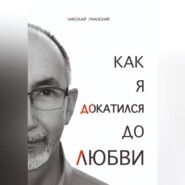Mastering Elliott Wave Principle. Elementary Concepts, Wave Patterns, and Practice Exercises
Полная версия
An innovative approach to applying Elliott Wave Principle By convention, most Elliott Wave Principle (EWP) practitioners focus on individual market price movement. Connie Brown has a global reputation of developing analysis that focuses on the integration of global markets. In a two book series you will be taken through the steps to master the global cash flows of today’s financial markets. The approach found in this first book differs from the traditional view of EWP because it shows you how geometry and the use of simple boxes drawn within a trend will guide you away from the common complaint of subjectivity, thereby making smarter trades of higher probability. While EWP can be a challenging topic, the structure of this book eases you into the analysis principles. With Mastering Elliott Wave Principle you are guided step-by-step through the learning phases of Elliott Wave analysis and then your understanding is further challenged through self-examination. The preliminary coaching unravels common misunderstandings that sabotage the beginner. You will discover how price swings and waves are not the same. Elements of balance and proportion are mathematical concepts taught through geometry and not subjective. These basic skills establish a foundation that allow beginners to understand what to expect from their level of skill. There are three distinct levels of skill that all masters of the EWP have learned. Now there is a series to guide your understanding at each skill level so you can develop a working knowledge of how to define market positions around the world in short or long term time horizons. Bring your biases, bring your past concerns and discover how this breakthrough and original approach to teaching the Wave Principle can help you. Traders, from beginners to advanced, can use this book to become proficient in the Elliott Wave Principle Contains practice charts to compare your understanding and skill level with follow-up discussions of how you may have differed based on the results from twenty years of coaching
- О книге
- Читать















